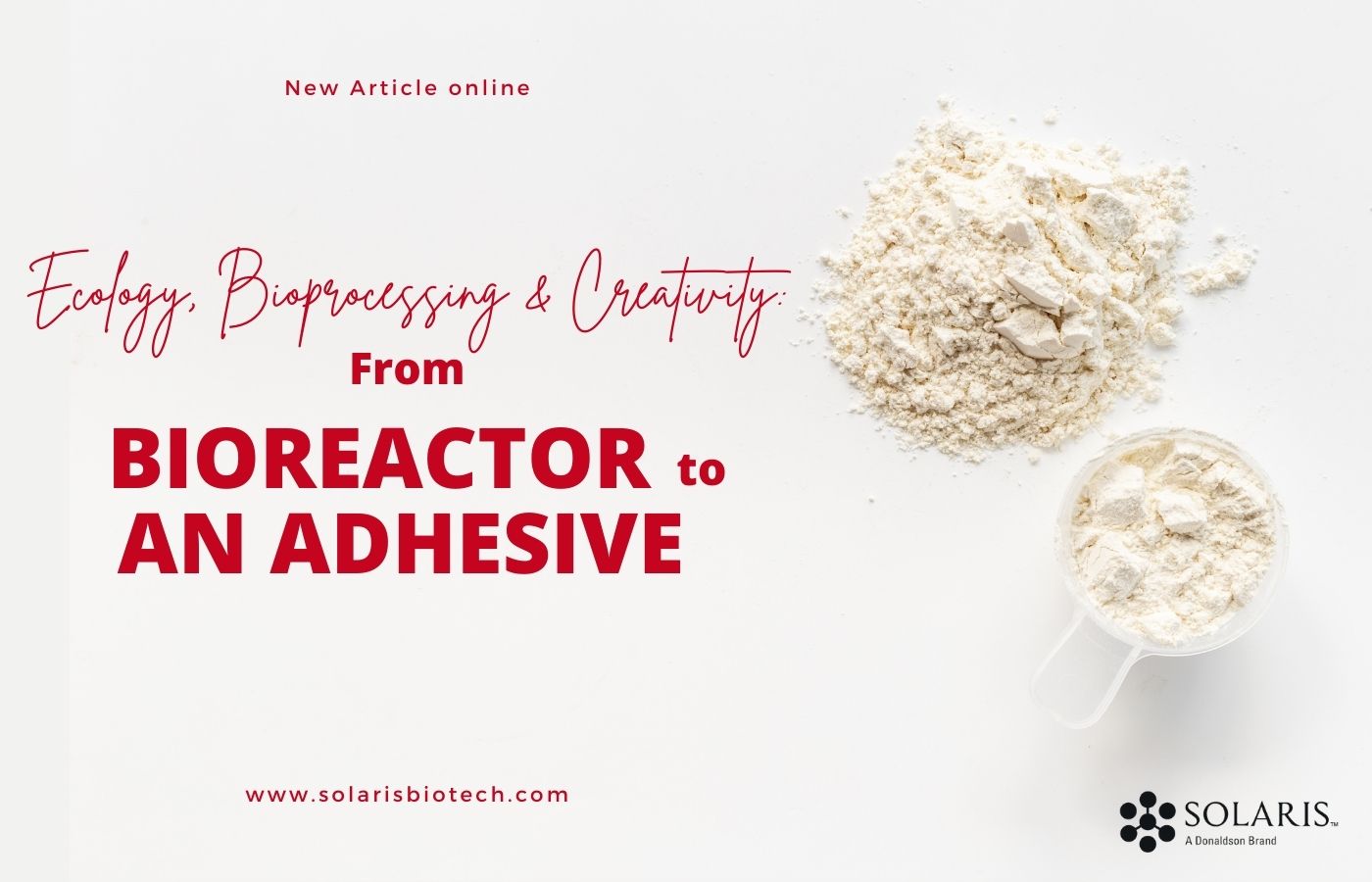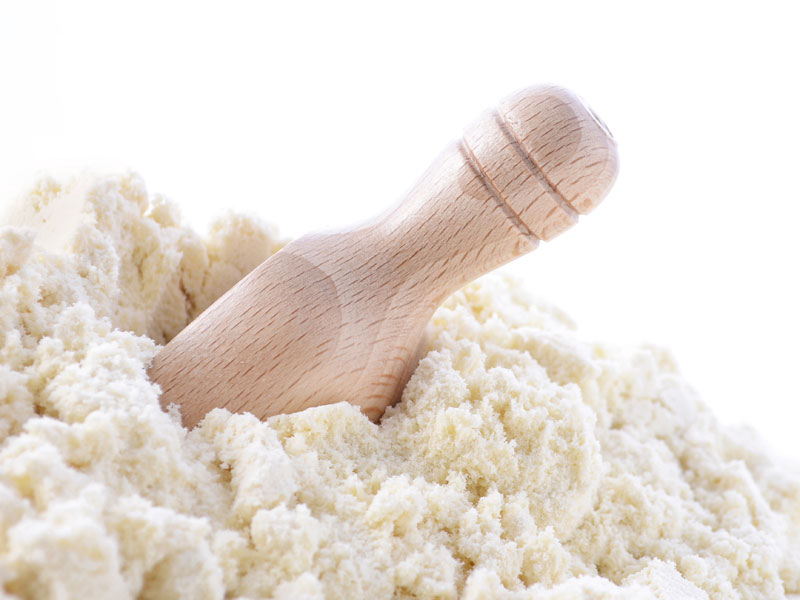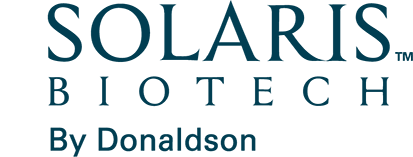Ecology, bioprocessing and creativity: from a bioreactor to an adhesive
The biotech creation starts with a dairy ingredient: whey. This is the liquid part of the milk that separates from the curd, during cheese making.
Whey can be used to make cottage cheese, can be an additive in certain food and pastry products, and it is also classified as a pet food.
In addition, the whey is transformed into drinks with fruit additives or other mixed drinks; the lactose and proteins contained in the whey can be separated and used as raw material in pharmaceutical products or baby food. About 9kg of whey is produced for each kg of cheese produced all over the world.
When whey is used for biotech purposes that implie proteins and lactose separation, what remains is the molasses, a substance with a high salt content, makes its disposal difficult and expensive.
Researchers at the Fraunhofer Institute for Ceramic Technologies and Systems IKTS in Hermsdorf, together with TU Dresden, are developing a bioprocess of extracting the colorless solvent known as ethyl acetate from molasses. Ethyl acetate is used in the manufacture of adhesives, printing inks or paints and can also be used to clean surfaces.
The fermenter process developed by this study allows to obtain precious and high purity ethyl acetate from whey. This lead to the production of adhesives and other materials in an environmentally friendly way, by replacing conventional ethyl acetate extracted from fossil-based raw materials (natural gas and petroleum derivatives).
This will help also to solve the problem of the expensive disposal of molasses produced during whey processing.
During the study, the molasses were fermented in a ventilated bioreactor that allowed the creation of adequate aerobic conditions. The reaction inside the bioreactor made it possible to create a gas-vapor mixture that contained ethyl acetate.
Then, the latter was separated using special composite membranes (consisting of a combination of polymers and inorganic particles based on zeolite).
Although the membrane had pores, the gas separation effect has been created by the interactions between zeolite and ethyl acetate.
The great advantage that industrial production draws from this study is the possibility of obtaining the gas separation process in a single stage and with a limited number of membranes and control modules.
By correctly configuring the process parameters for fermenter processes and gas separation, the separation process can thus be carried out autonomously and stably.
Moreover, the technology could support many more applications: it can be used in any process in which it is required to separate gas mixtures or to filter volatile components such as hydrocarbons.





